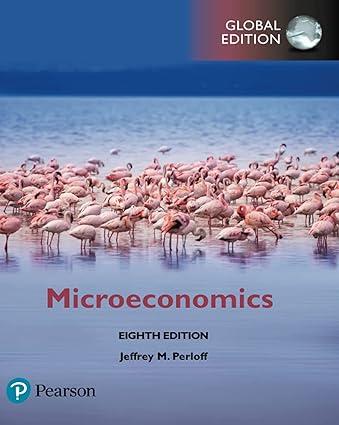Suppose the Mexican government decides to control the price of coffee beans to support coffee bean producers
Question:
Suppose the Mexican government decides to control the price of coffee beans to support coffee bean producers in that country. It does so by imposing a binding price floor of 7.5 million pesos per thousand \(60 \mathrm{~kg}\) bags and by committing to buy any resulting excess supply. Use the information in Question 3.6 to determine the quantities of coffee beans demanded, supplied, and purchased by the government.
Data From Question 3.6:-
Suppose the supply function for processing coffee beans from coffee cherries in Mexico is \(Q_{s}=3.15+0.1 p-0.5 p_{c}\) and the demand curve for coffee beans is \(Q_{d}=4.1-0.2 p\), where \(Q_{s}\) and \(Q_{d}\) are quantities of coffee beans in thousands of \(60-\mathrm{kg}\) bags, \(p\) is the price of coffee beans in millions of pesos per thousand \(60 \mathrm{~kg}\) bags, and \(p_{c}=0.8\) is the price of coffee cherries in millions of pesos per thousand \(60-\mathrm{kg}\) bags. What is the supply curve for coffee beans (that is, supply as a function of only the price of coffee beans)? Solve for the equilibrium price and quantity of coffee beans.
Step by Step Answer:






